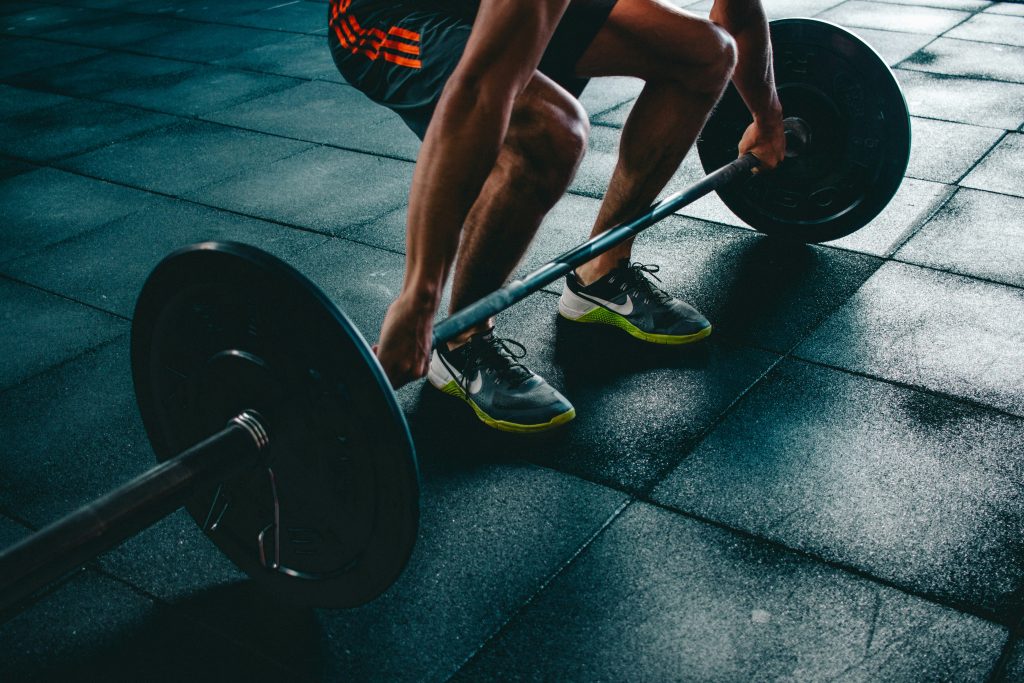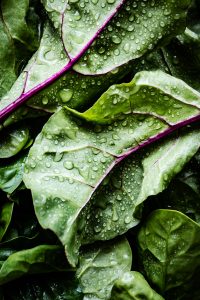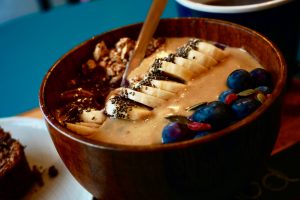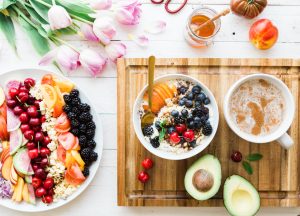Embarking on a fitness journey is more than just lifting weights or hitting the treadmill. It’s a holistic approach to well-being that encompasses physical, mental, and emotional health. In this guide, we’ll explore key aspects of fitness that go beyond the conventional, helping you build a sustainable and rewarding fitness routine.

Body:
- Define Your Fitness Goals: Begin by clearly defining your fitness goals. Whether it’s improving endurance, building strength, or enhancing flexibility, having a clear vision will guide your workout choices and keep you motivated.
- Diversify Your Workouts: Break the monotony by incorporating a variety of exercises into your routine. Blend cardiovascular activities like running or cycling with strength training and flexibility exercises. This not only keeps things interesting but also ensures a well-rounded fitness regimen.
- Mind-Body Connection: Recognize the profound connection between your mind and body. Practices like yoga and Pilates not only improve physical flexibility and strength but also foster mental clarity and relaxation. Integrating mind-body exercises contributes to a more holistic approach to fitness.
- Functional Fitness: Move beyond isolated exercises and embrace functional fitness. These are movements that mimic real-life activities and engage multiple muscle groups. Functional workouts improve overall strength, balance, and coordination, enhancing your ability to perform daily tasks with ease.
- Listen to Your Body: Pay attention to your body’s signals. If you’re fatigued or experiencing discomfort, it’s crucial to give yourself adequate rest. Overtraining can lead to burnout and injuries, hindering your long-term fitness progress.
- Nutrition as Fuel: Understand the role of nutrition in supporting your fitness goals. Fuel your body with a balanced diet that includes a mix of macronutrients and micronutrients. Consider consulting a nutritionist to tailor your dietary choices to your specific fitness objectives.
- Hydration and Recovery: Hydration is often underestimated in fitness routines. Proper water intake is essential for performance, recovery, and overall well-being. Additionally, prioritize recovery strategies such as adequate sleep, foam rolling, and stretching to optimize your fitness gains.
- Set Realistic Milestones: Break down your fitness journey into manageable milestones. Celebrate achievements along the way, whether it’s running an extra mile, lifting heavier weights, or mastering a new yoga pose. Setting realistic goals ensures a sense of accomplishment and motivates you to push further.
- Embrace Outdoor Activities: Take your fitness routine outdoors. Whether it’s hiking, cycling, or a simple jog in the park, connecting with nature enhances the overall experience of physical activity. Outdoor workouts provide a refreshing change of scenery, boost vitamin D levels, and add an element of joy to your fitness journey.
- Incorporate High-Intensity Interval Training (HIIT): HIIT is a time-efficient and effective way to maximize your workouts. By alternating between short bursts of intense exercise and periods of rest or lower intensity, HIIT can improve cardiovascular health, boost metabolism, and burn calories. Incorporating HIIT sessions into your routine adds an element of intensity and efficiency to your workouts.

Conclusion :
As you navigate the diverse landscape of fitness, remember that it’s not just about the destination but the experiences along the way. Embrace the great outdoors, leverage the benefits of High-Intensity Interval Training, and find joy in the journey. Your fitness routine is a dynamic expression of self-care, pushing boundaries, and discovering the incredible capabilities of your body. So, lace up those sneakers, try that new yoga pose, and relish the journey of self-discovery through fitness. Here’s to a stronger, healthier, and more vibrant you!
Source:
Ortega, F. B., Ruiz, J. R., Castillo, M. J., & Sjöstróm, M. (2007b). Physical fitness in childhood and adolescence: a powerful marker of health. International Journal of Obesity, 32(1), 1–11. https://doi.org/10.1038/sj.ijo.0803774
Mousseau, T. A., & Roff, D. A. (1987). Natural selection and the heritability of fitness components. Heredity, 59(2), 181–197. https://doi.org/10.1038/hdy.1987.113
Colcombe, S. J., Kramer, A. F., Erickson, K. I., Scalf, P. E., McAuley, E., Cohen, N. J., Webb, A., Jerome, G. J., Márquez, D. X., & Elavsky, S. (2004b). Cardiovascular fitness, cortical plasticity, and aging. Proceedings of the National Academy of Sciences of the United States of America, 101(9), 3316–3321. https://doi.org/10.1073/pnas.0400266101







